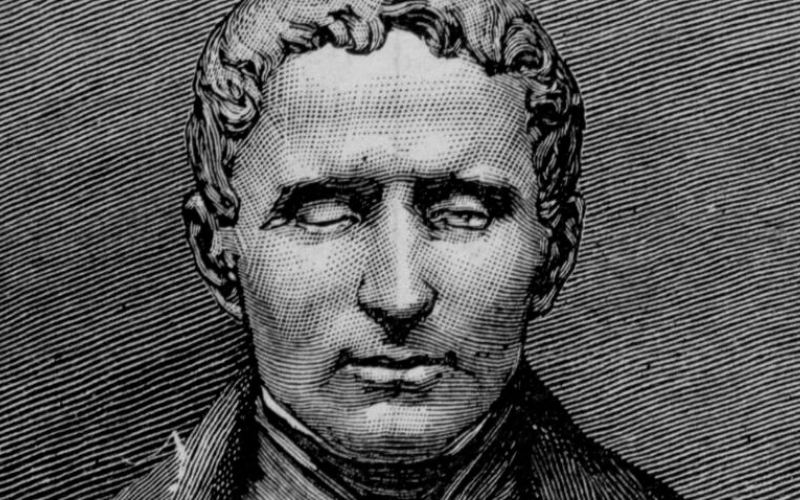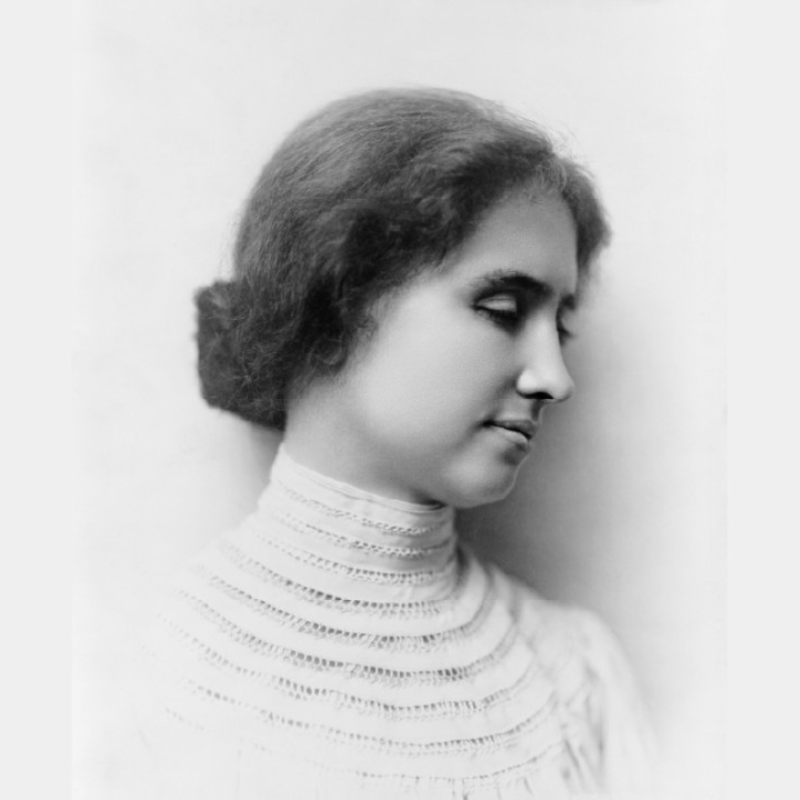Explore the extraordinary stories of these visionaries who overcame barriers with Braille, accomplishing greatness despite their blindness.
{{ vm.tagsGroup }}
24 Jan 2024
4 Min Read
Saad Ali Siddiqui (Guest Contributor)
Explore the extraordinary stories of these visionaries who overcame barriers with Braille, accomplishing greatness despite their blindness.
Welcome to a journey where dots become a language, and success is felt in more ways than one. Brace yourselves as we explore the inspiring stories of unstoppable blind individuals: Helen Keller, Dr Jacob Bolotin, Stevie Wonder, and, not forgetting, Louis Braille! At the heart of it all, there's a secret code — Braille. But this article isn't just about dots on a page; it's a call for knowledge and perseverance, a nod to diversity, and an invitation to celebrate the vibrant tapestry of life.
Close your eyes and imagine being 15, on the cusp of adulthood, and inventing a language that would redefine independence for people with visual impairments. That was Louis Braille, a prodigious mind who not only embarked on the journey but also carved out a path for it by cracking the code to make dots on paper a lifeline. Born in 1809, Louis lost his sight at age three. Frustrated with the limited options for blind individuals to access written information, Louis developed the Braille system. Based on a grid of raised dots, this revolutionary writing system has become the universal language for blind individuals, enabling them to read and write independently. Braille isn't just a writing system; it embodies triumph over adversity, a beacon for those navigating a world without sight.
The journey continues with Helen Keller, a name synonymous with overcoming seemingly insurmountable challenges. Stricken by both blindness and deafness, she defied expectations and used Braille to connect with the written word. Helen Keller's story is a testament to the power of communication, education, and Braille's transformative role in her extraordinary life. Braille became her compass, guiding her through the darkness and silence to become the first deaf-blind person to earn a college degree. Her journey, chronicled in 'The Story of My Life,' unfolds as a symphony of resilience, highlighting the universal language Braille provides in navigating the complexities of life.
Next, we celebrate the achievements of Dr Jacob Bolotin, a remarkable physician and the first blind person to receive a medical license. Born in 1888 and blind from birth, Dr Bolotin overcame significant barriers to become a successful cardiologist and advocate for the blind. He used Braille to excel in his studies and career, proving that with determination and the right tools, any obstacle can be overcome. Dr Bolotin's life is a powerful illustration of the role of Braille in breaking down societal barriers and opening doors to opportunities previously thought unattainable for blind individuals. His story is about resilience, determination, and the transformative power of education and accessibility. In his honour, the Dr Jacob Bolotin Awards was introduced, which honours individuals and organisations that are a positive force in the lives of blind people!
Finally, we groove to the beats of Stevie Wonder, a musical icon who not only dominated the charts but also championed Braille literacy. Blind since infancy, Wonder turned his disability into a superpower, creating timeless melodies that transcend barriers. Braille, for him, was not just a means of reading and writing; it was the language of his musical genius. Diagnosed with retinopathy of prematurity, a condition that resulted in his blindness, Stevie Wonder's advocacy for Braille literacy serves as a call to action, urging us to appreciate the diverse ways individuals navigate the world around them. His achievements underscore the universal applicability of Braille, transcending limitations and allowing creativity to flourish.
As we conclude this journey, we're not just closing a chapter on a remarkable story but opening our eyes to a world pulsating with potential. In the tales of Louis Braille, Helen Keller, Dr Jacob Bolotin, and Stevie Wonder, we find a shared rhythm of resilience, a melody of determination that plays across the varied landscapes of their lives. Each story, woven with the threads of Braille, forms a rich tapestry that speaks not just of overcoming but of thriving against all odds.
Their journeys remind us that limitations exist only to be transcended and that diversity is not just to be accepted but celebrated. Braille is more than a language; it's a testament to the human spirit's indomitable will to conquer adversity. It tells us that the most profound connections are often felt and not seen and that every person has a story worth reading, a voice worth hearing.
As we move forward, let's carry the spirit of Braille – a spirit of inclusivity, empathy, and boundless curiosity. Let's use this inspiration to kindle a flame of understanding in our communities, to illuminate the unseen, and to give voice to the unheard. In a world eager for understanding and connection, let's ask ourselves: How can we, in our own lives and communities, continue to break barriers and build bridges, ensuring that every individual, regardless of their challenges, not only overcomes adversity but is truly heard and seen?
Saad Ali Siddiqui is currently pursuing a Bachelor of Mass Communication (Honours) at Taylor's University, specialising in Journalism and Media Practice. From international gold medalist Taekwondo fighter to creative writer, Saad weaves his passions and experiences into a vibrant tapestry of storytelling!



